Parrots are among the most intelligent and engaging companions in the avian world, capable of not only mimicking human speech but also understanding and responding to commands. The journey of teaching your feathered friend to talk and follow instructions is both rewarding and fascinating, offering a unique opportunity to strengthen your bond. Whether you’ve just welcomed a new parrot into your home or have a long-time companion you’d like to communicate with more effectively, this guide will walk you through proven techniques to encourage vocalization and command response. With patience, consistency, and the right approach, you’ll be amazed at what your parrot can learn and how it enhances your relationship.
Understanding Your Parrot’s Natural Abilities

Different parrot species possess varying abilities when it comes to speech and command learning. African Greys are renowned for their exceptional vocal abilities and intelligence, often developing vocabularies of hundreds of words. Amazon parrots, cockatoos, and budgerigars also rank high in speech capability, though each species has its unique learning style and vocal range. It’s important to research your specific parrot’s natural tendencies to set realistic expectations for your training journey. Some birds may begin speaking within weeks, while others might take months, or even years, to develop their vocal skills. Understanding these natural differences helps create a training program that works with your bird’s innate abilities rather than against them.
Creating the Right Environment for Learning
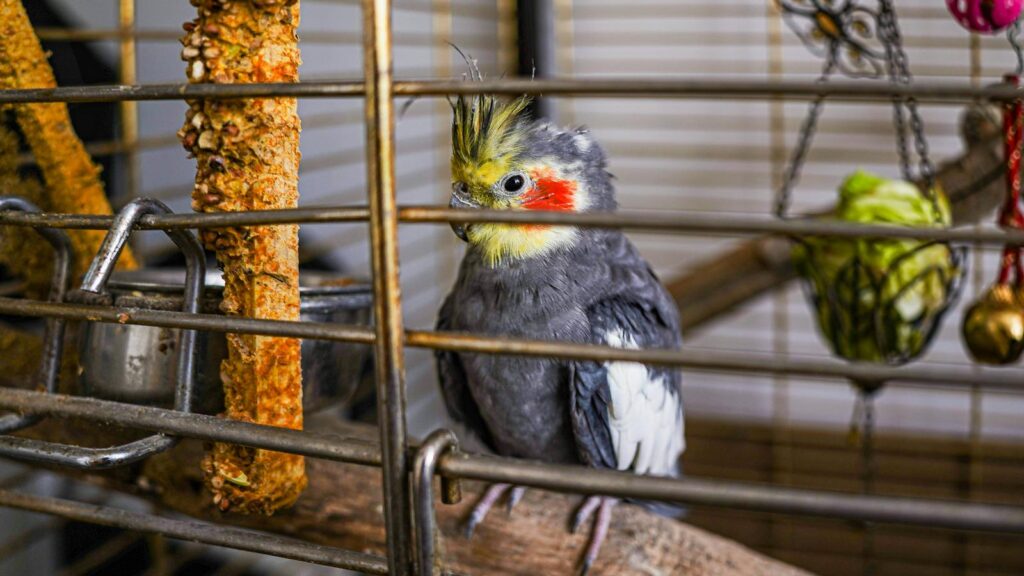
Parrots learn best in environments where they feel secure, stimulated, and socially engaged. Position your parrot’s cage in a family area where conversation regularly occurs, but ensure there’s also a quiet retreat space within the cage for when overwhelming situations arise. Limit distractions during training sessions by turning off loud music or the television and reducing household traffic. Temperature also plays a significant role in a parrot’s willingness to learn—maintain a comfortable room temperature between 65-85°F (18-29°C). Finally, ensure your parrot’s basic needs are met with proper nutrition, adequate sleep, and regular social interaction, as stressed or unhealthy birds rarely thrive in training scenarios.
Establishing a Training Schedule

Consistency is fundamental to successful parrot training, making a regular schedule essential for progress. Plan short, focused training sessions lasting between 5 and 15 minutes, occurring at the same times each day when your parrot is naturally alert and engaged. Most parrots respond well to morning sessions after a good night’s rest and before evening feeding times when motivation is high. Avoid training when your bird shows signs of fatigue, hunger, or distraction, as these states significantly reduce learning capacity. Document your training progress in a journal, noting which words or commands your parrot responds to most enthusiastically and which techniques yield the best results.
The Basics of Speech Training

Begin speech training with simple, distinct words that have meaning in your parrot’s daily life. Words like “hello,” “goodbye,” “treat,” and your parrot’s name create immediate context and relevance. When introducing a new word, speak clearly and enthusiastically, repeating it in isolation several times before incorporating it into simple phrases. Exaggerate your mouth movements while facing your parrot directly, as many birds learn partially through visual observation of lip movements. Record your voice repeating key phrases and play them back when you’re not home to maintain consistency in pronunciation. Remember that patience is essential—some parrots may practice quietly when alone before performing confidently in front of you.
Positive Reinforcement Techniques
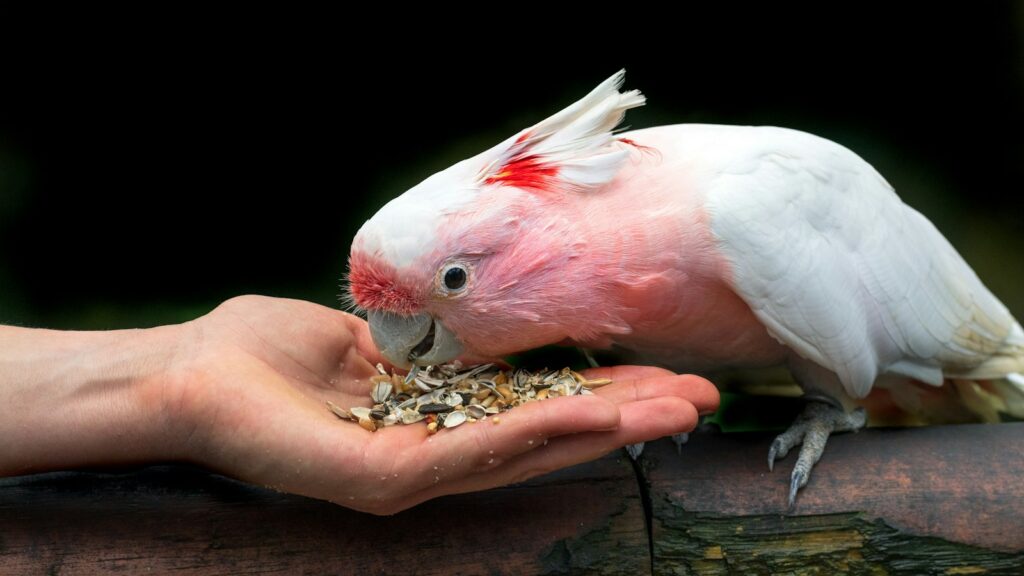
Positive reinforcement remains the most effective and humane approach to parrot training, creating lasting associations between desired behaviors and pleasant outcomes. Immediately reward your parrot when it attempts to mimic a word or follow a command, even if the execution isn’t perfect at first. Rewards can include favorite treats (small pieces of nut, fruit, or specialized training treats), enthusiastic verbal praise, gentle head scratches, or brief play sessions with a beloved toy. Vary your rewards to maintain interest, and be consistent with your timing—the reward must come within seconds of the desired behavior to create a clear mental connection. Never punish your parrot for failing to perform, as negative reinforcement destroys trust and inhibits learning.
Teaching Basic Commands First
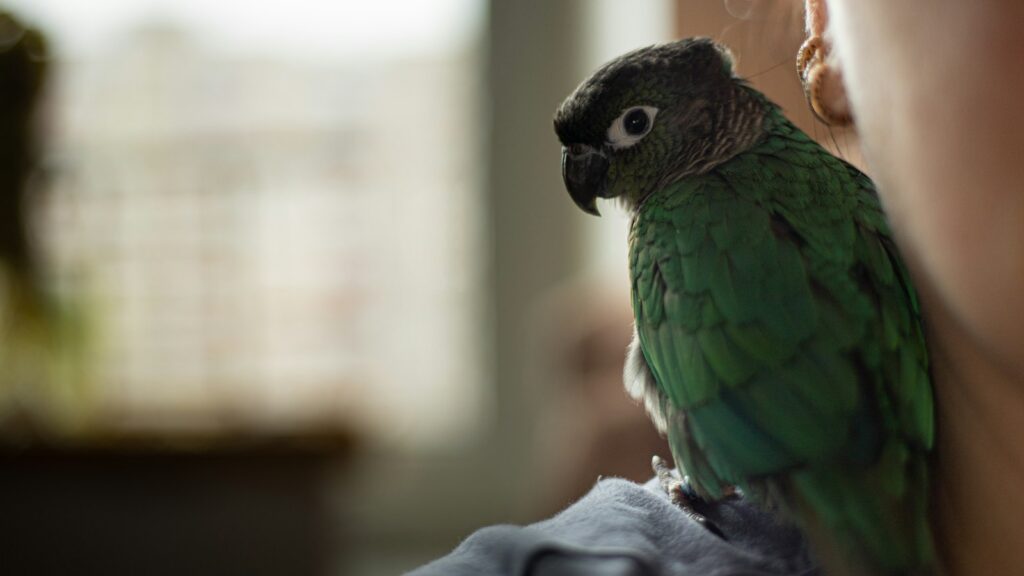
Before attempting complex phrases or tricks, establish a foundation of basic commands that create structure and communication pathways. Begin with “step up” by gently pressing your finger or a perch against your parrot’s lower chest while clearly stating the command, rewarding immediately when your bird steps onto the perch. Next, introduce “step down” using the same approach but reversing the direction. Other fundamental commands include “stay” (remaining on a perch), “come here” (flying to you on command if your parrot is flighted), and “drop it” (releasing items from the beak). Master these basic commands thoroughly before progressing to more complex instructions, as they establish the cooperative relationship needed for advanced training.
Using Target Training for Command Development

Target training provides an excellent foundation for teaching more complex commands by first establishing the concept of following a designated object. Begin with a distinctive target stick (a chopstick with a colored tip works well) and encourage your parrot to touch it with its beak by positioning it nearby and rewarding any interaction. Once your parrot reliably touches the target, you can gradually shape behaviors by moving the target to different positions—up for flight training, to specific perches for positional commands, or through hoops for trick development. This method creates clear communication without requiring physical manipulation of your bird, respecting its autonomy while building trust. Many professional trainers consider target training the cornerstone of advanced command work with parrots.
Incorporating Context into Speech Training
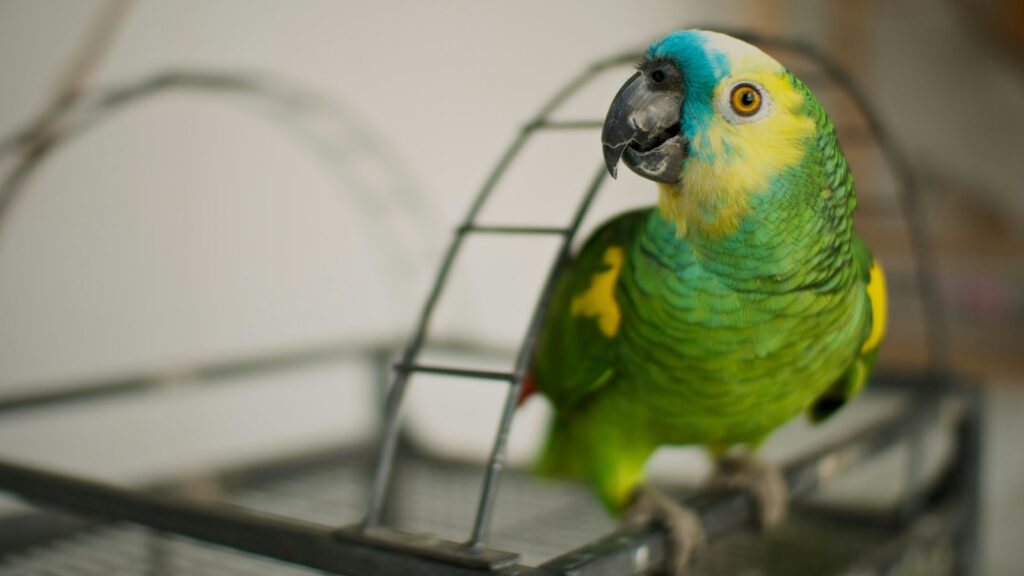
Parrots learn most effectively when words are consistently associated with meaningful contexts rather than taught in isolation. Introduce phrases like “good morning” when uncovering the cage each day, “want some water?” when refilling the water dish, or “time for bed” when covering the cage at night. These contextual associations help your parrot understand not just how to mimic sounds but what those sounds actually mean in daily life. Some exceptionally intelligent parrots can learn to use phrases appropriately without prompting once they understand the connection between the vocalization and its meaning. This contextual learning transforms simple mimicry into genuine communication, deepening the relationship between you and your feathered companion.
Overcoming Common Training Challenges
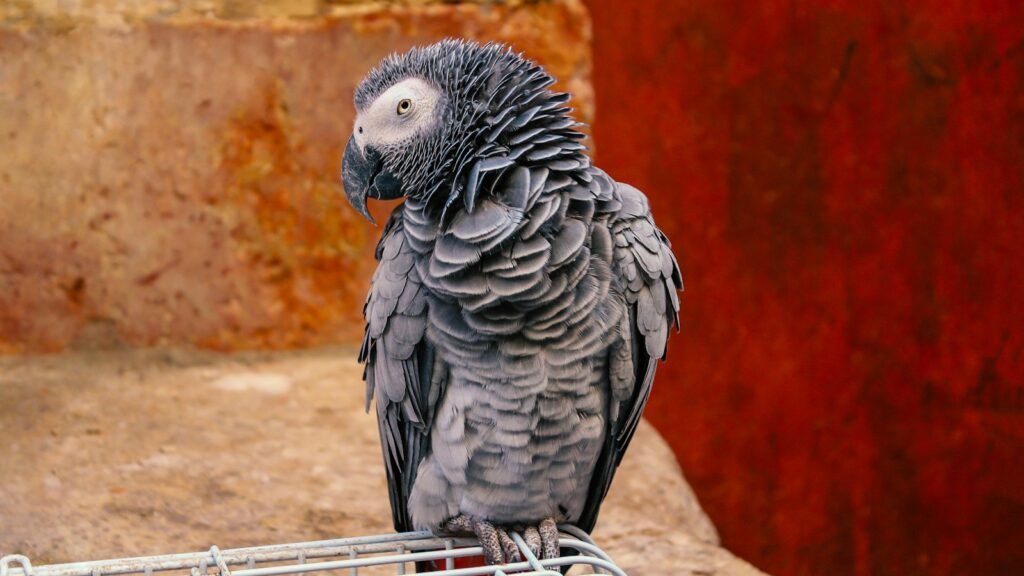
Training plateaus and setbacks are normal aspects of the parrot learning process and require strategic approaches to overcome. If your parrot suddenly seems disinterested in training, try introducing new rewards, changing training locations, or shortening sessions to reinvigorate enthusiasm. For birds that become overexcited during training, implement brief “calm-down” periods where you model quiet, controlled behavior before continuing. Some parrots develop selective learning, mastering certain words or commands while ignoring others—in these cases, focus intensively on the challenging areas during peak alertness times. Health issues can also impact training progress, so monitor your bird for signs of illness like lethargy, reduced appetite, or unusual droppings, which warrant veterinary attention before training resumes.
Advanced Vocabulary Development
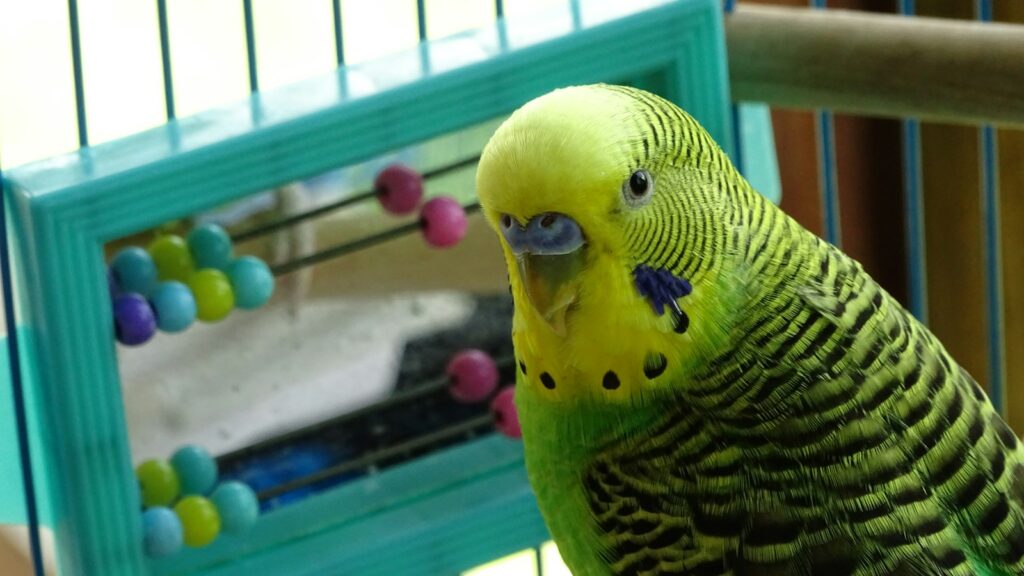
Once your parrot has mastered basic words and commands, you can expand its vocabulary through systematic introduction of more complex language. Group new words thematically—colors, foods, family names, or action words—focusing on one category at a time to build associative connections. Some parrots excel with rhythmic phrases or words with strong vowel sounds, so customize your approach to your bird’s preferences. Advanced vocabulary training benefits from the “whisper technique,” where you speak new words softly, triggering your parrot’s natural curiosity and attention. Talented parrots may eventually combine learned words into novel phrases or even apply them appropriately to new situations, demonstrating remarkable cognitive flexibility. Document your parrot’s growing vocabulary in a dedicated journal, noting pronunciation patterns and contextual understanding.
Training Multiple Commands in Sequence

Teaching your parrot to perform a series of commands in sequence represents an advanced training achievement that showcases their intelligence and trust. Begin by selecting two well-established commands that your parrot performs reliably, then gradually decrease the time and reward between them until they flow together naturally. Use a distinct bridging phrase like “and now” between commands to signal the connection. Complex sequences should be broken down into smaller segments that are mastered individually before being combined. Many parrots enjoy the mental stimulation of these command chains, especially when the sequence creates a meaningful routine like navigating from the cage to a play area and then performing a trick. Maintain patience during this advanced training phase, as sequencing represents a significant cognitive challenge even for intelligent parrots.
Maintaining Skills Through Ongoing Practice
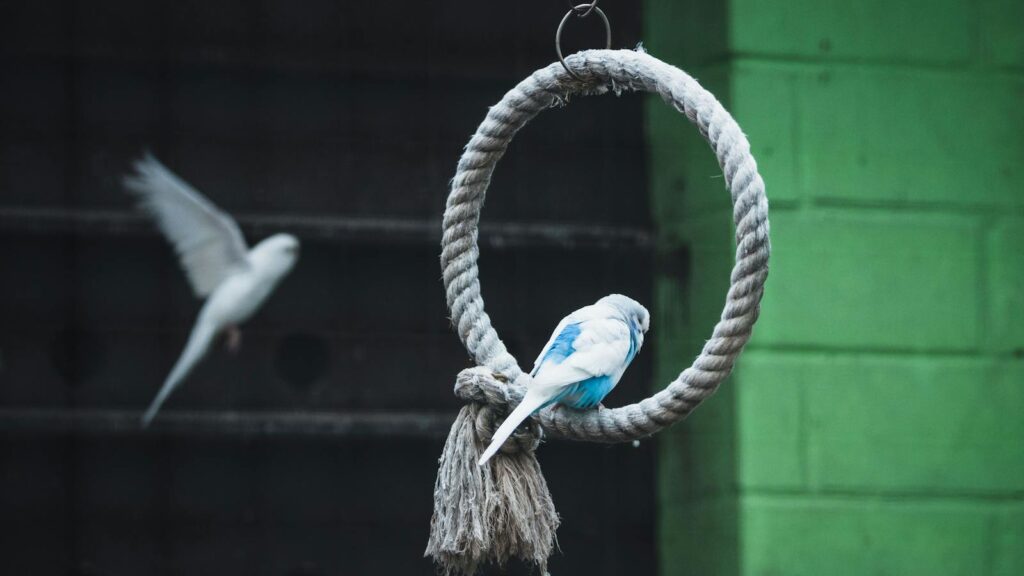
Like any learned behavior, your parrot’s speech and command responses require regular reinforcement to remain sharp and reliable. Incorporate daily practice of established skills into your routine while continuing to introduce new challenges at an appropriate pace. Establish “review sessions” where you cycle through previously mastered words and commands with intermittent rewards to maintain motivation. Environmental enrichment plays a crucial role in skill maintenance—toys that respond to specific words or actions can provide supplementary practice when you’re not actively training. Some owners successfully implement “practice performances” where their parrot demonstrates its repertoire for visitors, creating social reinforcement for learned behaviors. Remember that even well-trained parrots may occasionally “forget” commands during stressful periods, requiring patient refresher training rather than frustration.
The Social Benefits of Communication Training
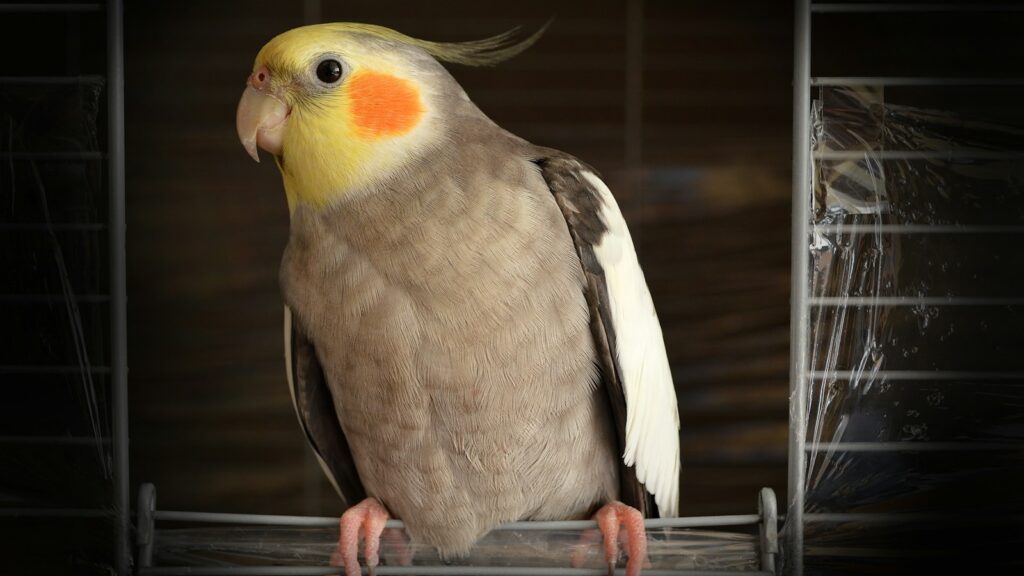
Beyond the impressive display of intelligence, teaching your parrot to talk and respond to commands creates meaningful social connections that enhance wellbeing for both bird and owner. Communication training establishes clear channels for expressing needs, reducing frustration-based behaviors like screaming or feather plucking that often develop when parrots feel misunderstood. The process builds a framework of trust and cooperation that extends to other aspects of care like veterinary handling or adaptation to household changes. Many parrot owners report that communication training revealed personality traits and preferences they hadn’t previously recognized in their companions. Perhaps most importantly, the shared language you develop becomes a unique bond—whether it’s a morning greeting ritual, a special nickname your bird uses for you, or the reliable response to your commands that demonstrates your mutual understanding.
Training your parrot to talk and understand commands represents a journey of connection, patience, and mutual learning that transforms your relationship with your feathered companion. Through consistent positive reinforcement, contextual teaching, and respect for your bird’s natural abilities and limitations, you create pathways of communication that enrich both your lives. Remember that success looks different for every parrot—whether your bird develops an extensive vocabulary or masters just a few special phrases and commands, the effort invested in training creates trust and understanding that forms the foundation of a rewarding lifetime bond. As you celebrate each new word and command mastered, you’re witnessing not just the remarkable intelligence of these extraordinary birds, but the special connection that develops when two different species learn to communicate across the boundaries that separate them.



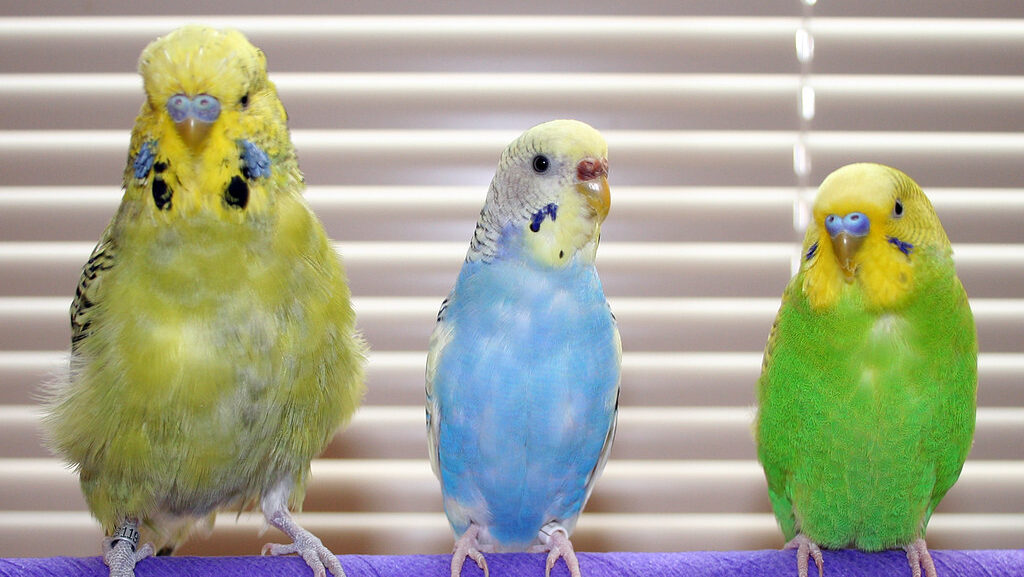

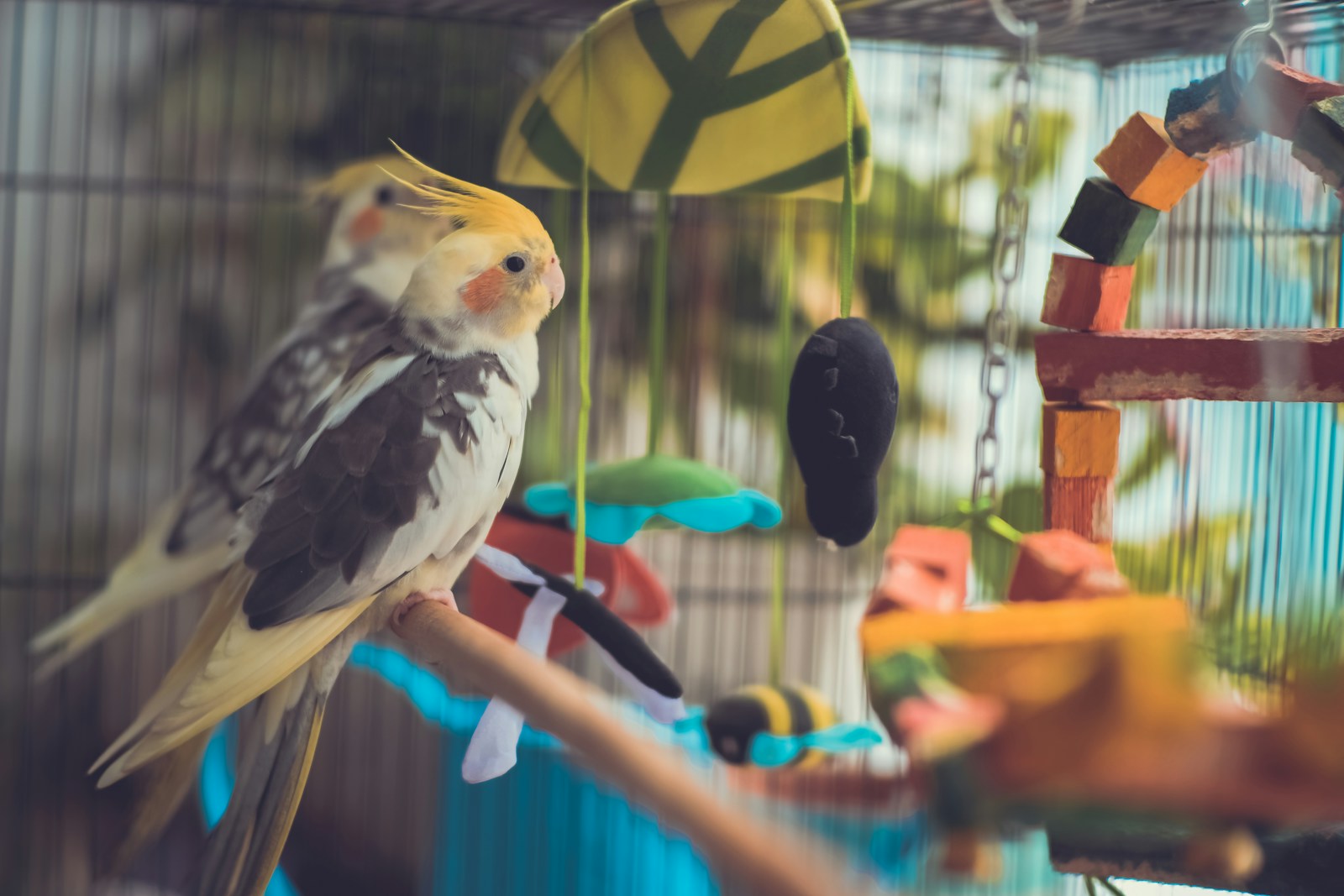
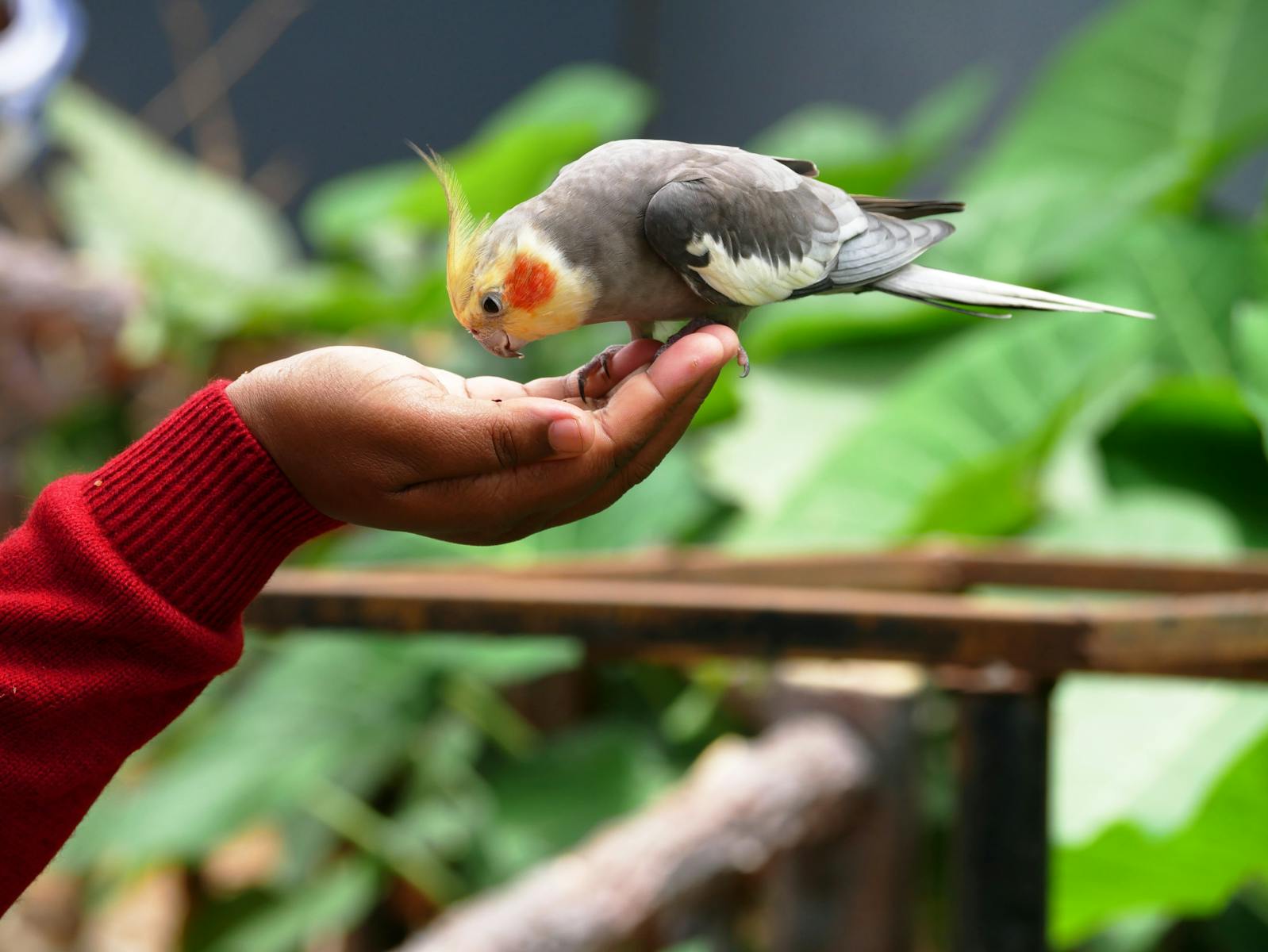
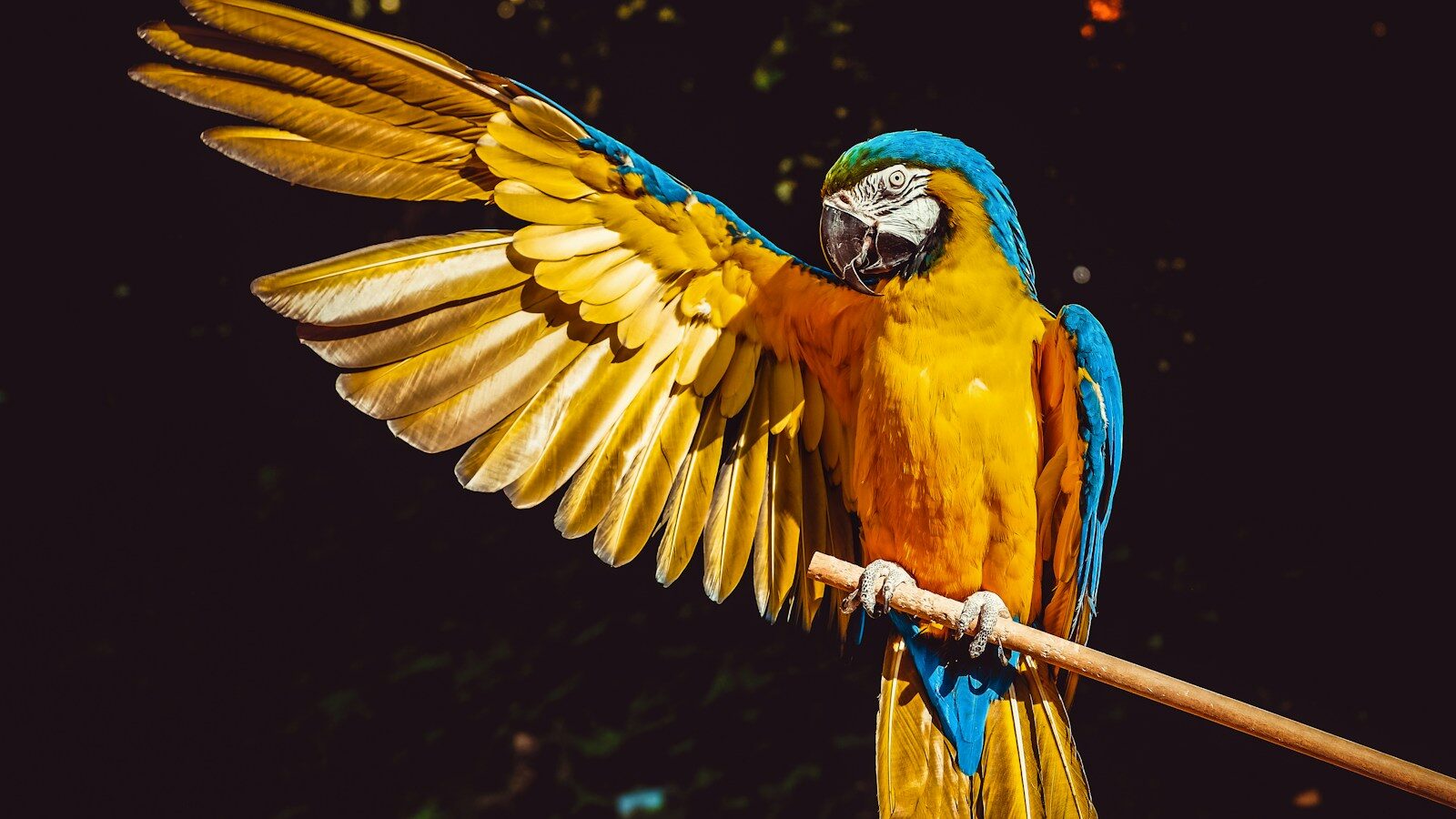

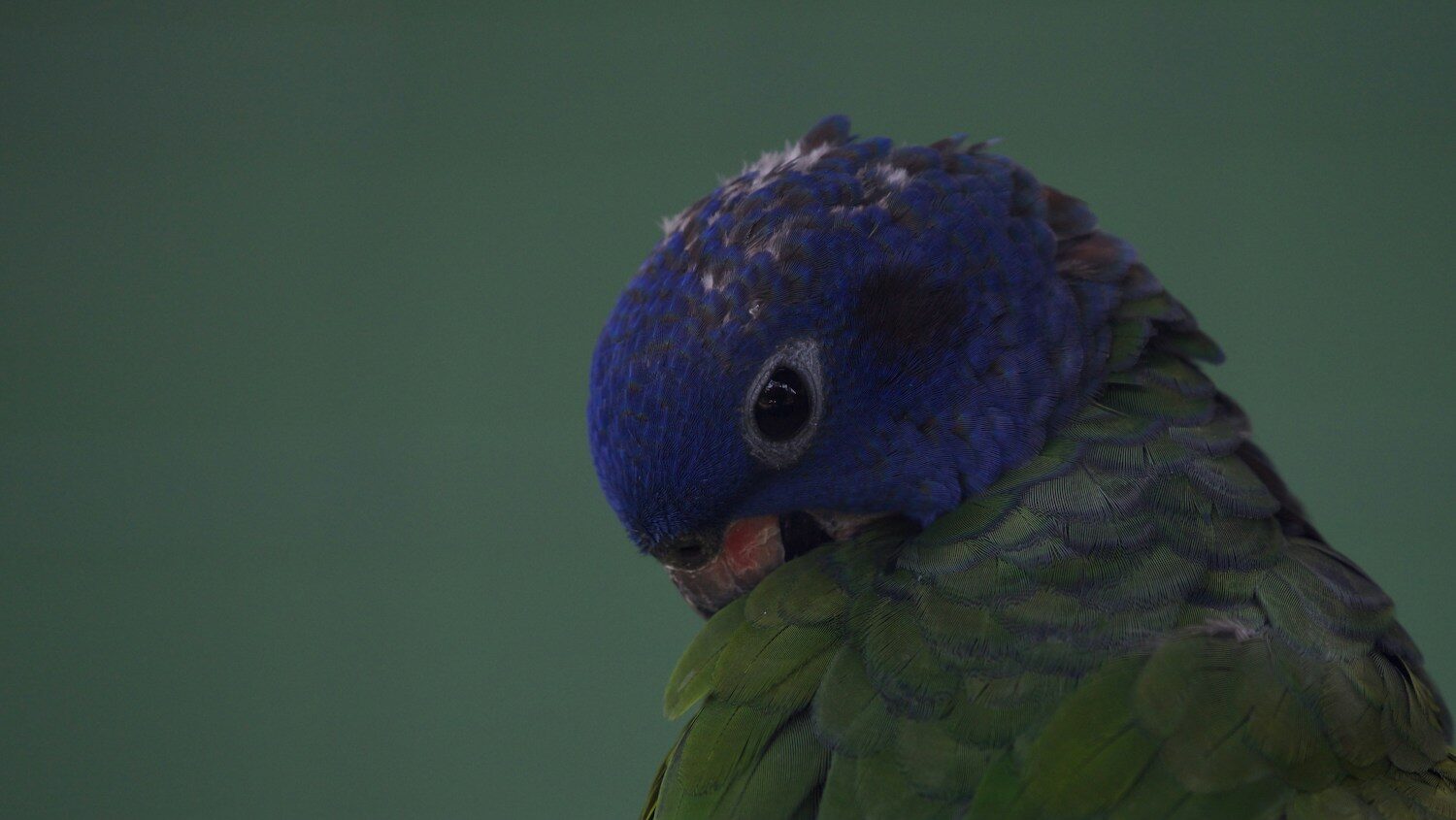

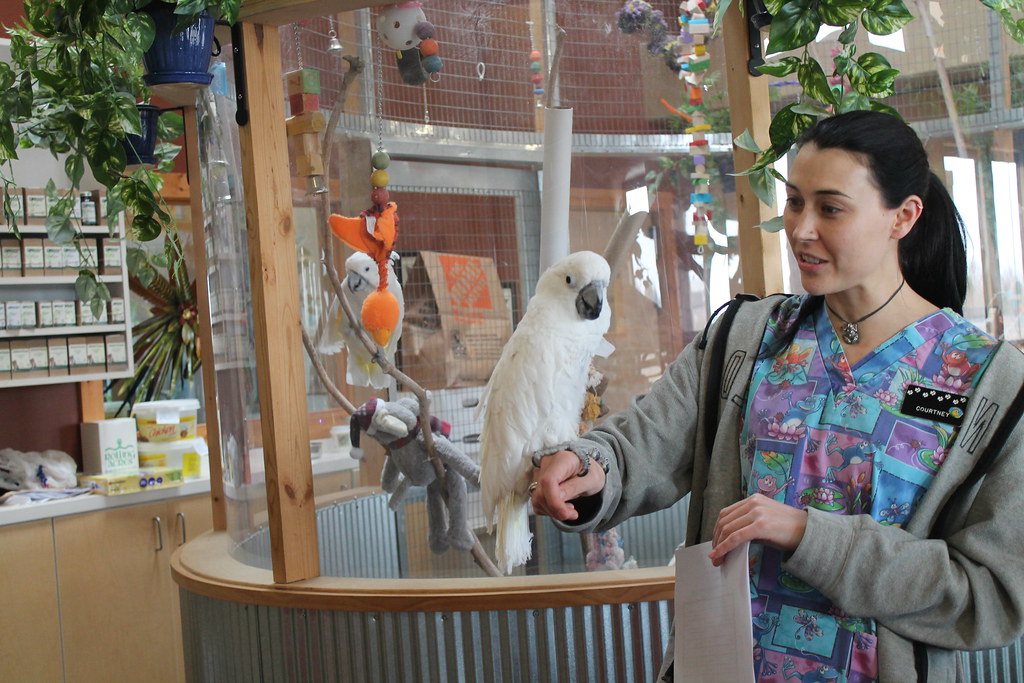




Leave a Reply